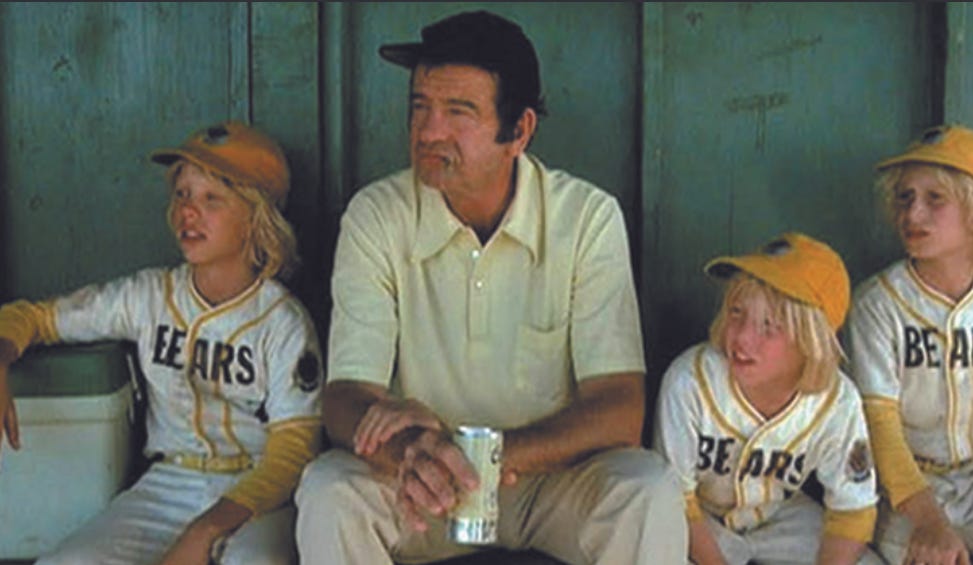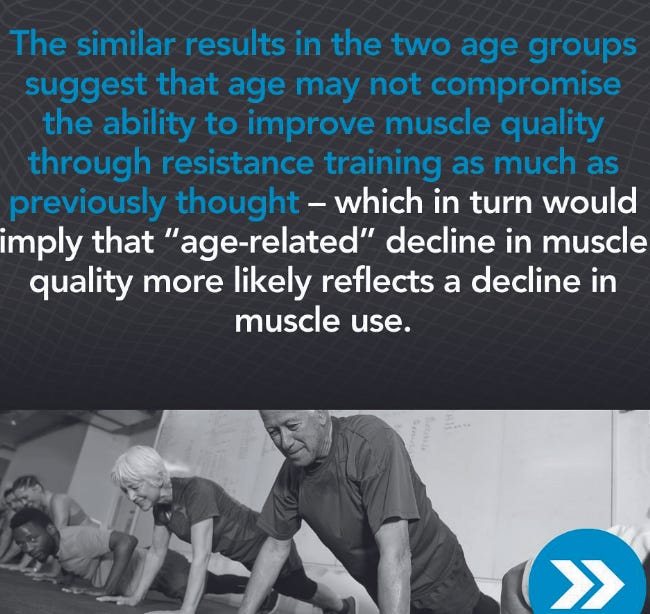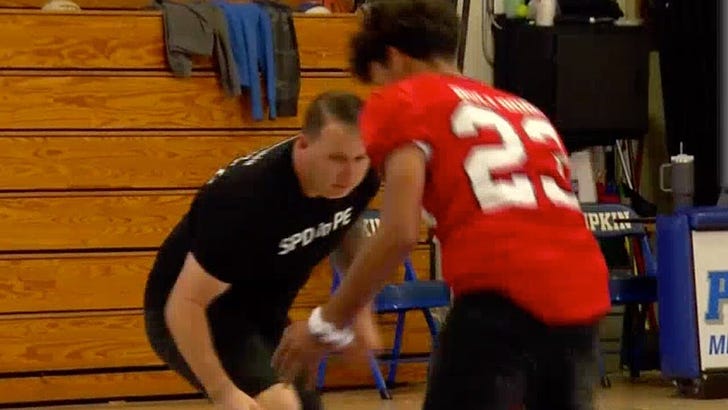#253 Caregivers Must Show The Way In Youth Sport
Walking the walk not just talking the talk critical in leading today’s youth .
Welcome to edition #253 of The Physical Movement. This week we investigate an important modern day strategy required leading today’s youth.
Many of us are now at that stage of life. We are in the 2nd half of life and talking how today’s generation are unlike ours. They learn differently, they have different ways of communicating and are influenced in ways we were not. Being different is really no different than previous generations. We could say there are 3 things for us in this life …death, taxes and younger generations are different than older ones!
Today’s youth sport leaders (parents, coaches, administrators, officials also known as caregivers) have to adopt different strategies in connecting. Never has there been a more important time for setting a good example than 2024.
If you played sports in the 70’s and 80’s, you can all relate to Coach Buttermaker in the 1976 movie The Bad News Bears. We had some version of that coach at some point in our youth sport career.
Over the years, we have not always had the best of examples leading our kids. And before you say that was 1976, and does not apply today, I witnessed it with my own son. I think he had Coach Buttermaker one season!
Kids today observe in a different way than back then. A set of standards that is spoken but not followed by the caregiver is more damaging than ever to the lessons we want to pass along.
No bigger examples than the standards around caring for ourselves.
Recently Dr. Peter Attia wrote about research showing that resistance training can slow down and even reverse some of the decline due to aging. This is the same resistance training that many are recommending or insisting our youth participate in to support their development. Not many of us grown ups, based on current statistics, participate in what we recommend to our kids.
“Do as I say, not as I do”.
As caregivers, our activity levels and lifestyle matter when helping your child pursue a sport, especially if they're not naturally intrigued by athletics or other types of physical activity.
Dr. Michele Labotz is the Medical Director at University of New England and serves on the Maine chapter board of the American Academy of Pediatrics and is a member of the Safety Advisory Committee of the National Council of Youth Sports.
According to Dr. Labotz:
“Your own physical activity patterns are powerful when it comes to role modeling.
Kids with parents who are physically active are four times more likely to become active themselves.
Oftentimes, caregivers don't realize how much their own behavior shapes their kids.”
The impact of this last statement connects some major dots as to some of the boxes we should check as caregivers to our youth.
How will our youth follow us, if we are leading the life of Coach Buttermaker?
The Physical Movement has prioritized physical activity for all regularly over the last 3 years. Below are just a few examples that can be found in our archives.
It benefits our youth. It benefits our caregivers. It the benefits of regular physical activity came in a pill, it would be very expensive and be in high, high demand.
#246: The Case For Prioritizing Physical Literacy In Youth Sport.
Recently, in discussion with a local strength and conditioning coach who works with elite athletes, he mentioned the wear and tear he sees. Pro athletes in their early twenties are coming to him in the offseason with knees and hips that function like they are 50 years old. In sports like hockey, the year-round focus on skating without a counter balan…
Edition #226: What We Need To See More Of In Youth Sport & Physical Education
The negativity around us can be overwhelming. Sickness, conflict and economic hardship pushed at us more than ever. I really enjoy Jon Gordon’s podcast and newsletter at Positive University. As coaches and parents, and with a vested interest in our own self-care, we need tools to snap us out of the negativity loop.
Edition #219: Our Daily Choices Largely Determine How Our Future Health Will Unfold.
This past week I re-posted on social media a study about exercise killing cancer cells. Ho hum. Over 1 Million views so I guess someone saw it. Very interesting when you think of all the health advice we are receiving. Very little of this advice it is related to exercise and staying athletic.









